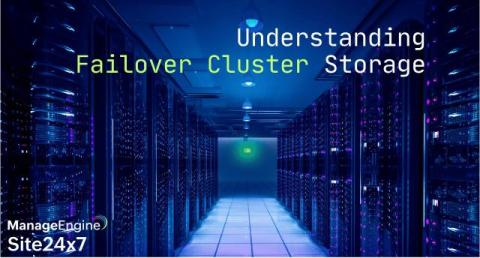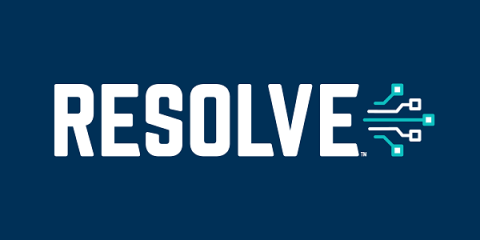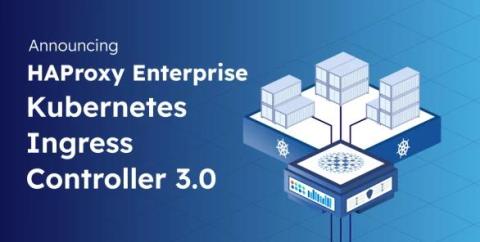MLOps Your Way with the JFrog Platform
Just like in traditional software development, creating AI applications isn’t a one size fits all approach. However, many of the challenges and concerns facing AI/ML development teams share common threads – difficulties getting models to production, tangled infrastructure, data quality, security issues, and so on.











